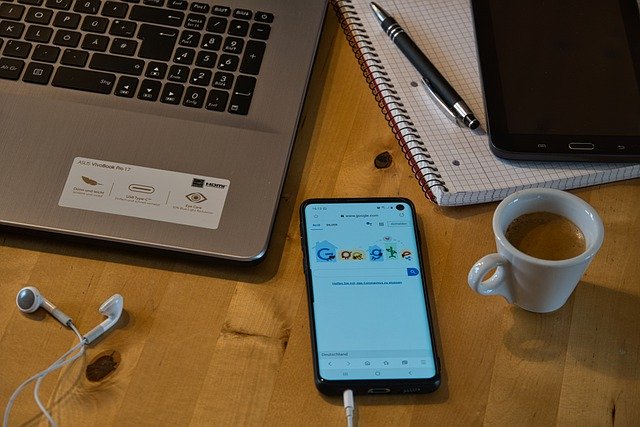Karla McLaren discussed embracing anxiety in a podcast interview with Tami Simon of Sounds True when having a conversation about Making Friends with Anxiety … And All Your Other Emotions. Karla was able to draw on her own life experience and her recent book, Embracing Anxiety: How to Access the Genius of This Vital Emotion. She has spent a lifetime researching and writing about emotions.
In a previous post, I explored Karla’s concept of emotions as storing energy and providing a message and wisdom. I also discussed effective ways to draw on the energy and wisdom of emotions. Karla emphasised the importance of not attributing the characteristics of “good” or “bad” to emotions, including difficult emotions. In her view there are real lessons and ways to move forward hidden in each emotion, even anxiety.
Trauma and anxiety
Karla herself experienced childhood trauma and many of her insights are drawn from her experience in overcoming the associated anxiety and depression. Like other people who have been traumatised, Karla has had to deal with anxiety and depression throughout her life. She found that she was ignorant about these emotions and tended to repress or suppress them. However, through reading and research she has been able to develop practical approaches to addressing anxiety and depression. She has learned to befriend these emotions and now views depression as enforced slowing down and redirection and has developed the ability to draw on the “genius of anxiety”.
The genius of anxiety
In her interview with Elizabeth Markle on embracing anxiety, Karla emphasised that anxiety is “an essential source of foresight, intuition, and energy for completing your tasks and projects”. As with any emotion we have a choice – we can suppress, repress or “over-express” anxiety or, alternatively, listen to the message and wisdom that lies within this emotion. We need to understand that emotion is a process – trigger, experience, response – we have a choice in how we respond to what triggers us and the feelings we experience as a result.
Karla suggests that the appropriate response to situational anxiety is to channel the energy of the emotion towards completing a task or project – much as a canal channels water. Repression or suppression of anxiety blocks the energy flow, while over-expressing anxiety through panicked or frantic activity can dissipate the energy rather than direct it. A starting point for channelling the energy of anxiety is “conscious questioning” – e.g. “What brought on this feeling?” and “What truly needs to get done?” This approach enables you to work with, rather than against, the energy of anxiety and to simultaneously care for yourself by downregulating the impact of the emotion on your thoughts and feelings.
Karla continued her discussion of “conscious questioning” for anxiety by referring to a sample of other questions featured in her book, Embracing Anxiety (p.85):
- what are your strengths and resources?
- are there any upcoming deadlines?
- have you achieved or completed something similar in the past?
- can you delegate any tasks or ask for help?
- what is one small task you can complete tonight or today?
Karla argues that this approach involves “leaning into anxiety”, not artificially calming yourself. She also alludes to the research that demonstrates that accurate naming of our emotions and identifying the level of intensity of them is another effective form of downregulating emotions. To this end she encourages us to develop our emotion vocabulary and offers her blog as a starting point for emotion identification. In her book she offers ways of describing different levels of emotional intensity, for example, low anxiety is described as apprehensive, mild anxiety as edgy or nervous and intense anxiety as overwrought or super-energised.
Karla suggests too that yoga and mindfulness are effective ways of downregulating that can assist the process of conscious questioning. She offered very brief meditation to illustrate this calming effect. The meditation basically involved focusing on the quietest sound in the room. Karla provides a range of practices for each emotion in her book,
Different anxiety orientations: planner vs procrastinator
Karla drew on the work of Mary Lamia, author of What Motivates Getting Things Done: Procrastination, Emotions, and Success, to differentiate between two main manifestations of anxiety – planning anxiety and procrastination anxiety. The planner maintains a low level of anxiety continuously and has a task “to-do” list(s) to manage their anxiety about getting things done. The procrastinator, on the other hand, does not make lists but works to deadlines and has an immense burst of anxiety and energy the night before a deadline is due (and often achieves the task in the early or late hours of the morning). The procrastinator can “chill out” while waiting for the deadline, the task person has difficulty “chilling”.
Mary points out that what is different in the two approaches to task achievement has to do with “when their emotions are activated and what activates them”. The procrastinator, for example, is motivated by the imminent deadline and experiences “deadline energy”; the planner is motivated by the need to keep task commitments under control. Understanding the difference between these two sources of motivating anxiety and your personal preference in how to get things done, can reduce conflict in a relationship and support success where partners have a different orientation. Maria discusses the potential clash in orientation between procrastinators and non-procrastinators in her Psychology Today blog.
Reflection
Mindfulness practices along with conscious questioning and reflection can help us to focus the emotional energy of anxiety. As we grow in mindfulness, we can better identify our emotions, understand what motivates others and increase our response ability.
__________________________________________
Image by Lars Eriksson from Pixabay
By Ron Passfield – Copyright (Creative Commons license, Attribution–Non Commercial–No Derivatives)
Disclosure: If you purchase a product through this site, I may earn a commission which will help to pay for the site, the associated Meetup group and the resources to support the blog.









